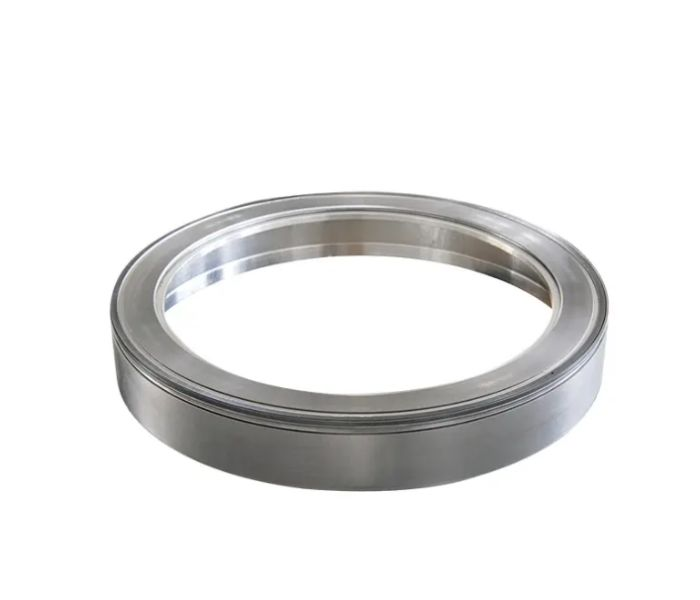Defect analysis of Single Jersey Circular Knitting Machine
The occurrence and solution of holes in cloth surface
1) The thread length of the fabric is too long (resulting in excessive yarn tension) or the thread length is too short (resisting too much when unhooking). You can use a stronger yarn, or change the thickness of the fabric.
2) The strength of the yarn is too poor, or the yarn count type is wrong. Regenerated cotton with too fine yarn count or damp yarn will have poor strength. Replace with stronger yarn. Change the yarn count to a reasonable thickness. 3) The yarn feeding angle just touches the scissor edge of the knitting needle. Adjust the yarn feeding nozzle and change the yarn feeding angle.
4) The alignment between the sinker and the cam is not ideal, and the entry and exit positions of the dial cam are unreasonable. Adjust to a more suitable position.
5) The yarn feeding tension is too high, or the yarn tension is unstable. Relax the yarn feeding tension, check whether there is any problem with the yarn feeding mechanism, and whether the number of yarn winding turns is too low.
6) The tension of the takedown is too high. Adjust the tension of the takedown.
7) Cylinder burrs. Inspect the cylinder.
8) The sinker are not smooth enough, or may be worn and grooved. Replace with better quality sinker.
9) The quality of the knitting needles is poor or the latch is inflexible and the knitting needles are deformed. Replace knitting needles.
10) There is a problem with the cam of knitting needles. Some people will design the narrowing point to be wider in order to make the cloth texture clearer. Use cams with more reasonable curves.

The generation and treatment of missing needles:
1) The yarn feeder is too far away from the knitting needle. Re-adjust the yarn feeder so that the yarn can be better hooked by the knitting needle.
2) The yarn dryness is uneven, or the yarn network is not good. Change yarn
3) The cloth surface tension is not enough. Speed up the rolling speed to bring the cloth tension to a reasonable state.
4) The yarn feeding tension is too small or unstable. Tighten the yarn feeding tension or check the yarn feeding situation.
5) The marking data for the in and out of the dial cam is incorrect, which can easily cause it to not come out of the circle. Reprint the meter.
6) The cylinder cam is not high enough, causing the needle to not come out of the loop. The needle height is too high.
7) The sinker is produced or the movement trajectory of the knitting needle is unstable. Check whether the cam track is standard, whether it is worn, and detect the gap between the cam and the cylinder.
8) The latch of the knitting needle is not flexible. Find and replace.
The occurrence and solution of horizontal bars
1) There is a problem with the yarn feeding system. Check whether the yarn on the creel, storage feeder and yarn feeder are running normally.
2) The yarn feeding speed is inconsistent, resulting in uneven yarn tension. To ensure that the yarn feeding speed is consistent, adjust the yarn tension to the same level by using a yarn tension meter.
3) The yarn stems have different thickness or yarn specifications. Change yarn.
4) The triangular roundness of the dial cam is not perfect. Re-calibrate to within the standard range.
Post time: Mar-25-2024
